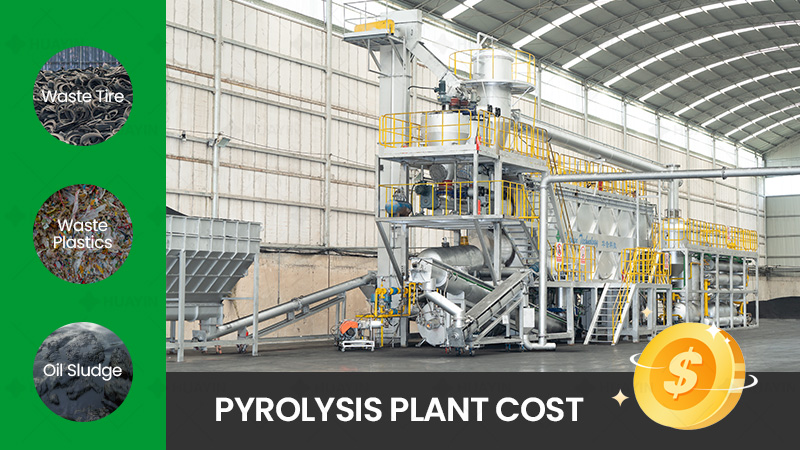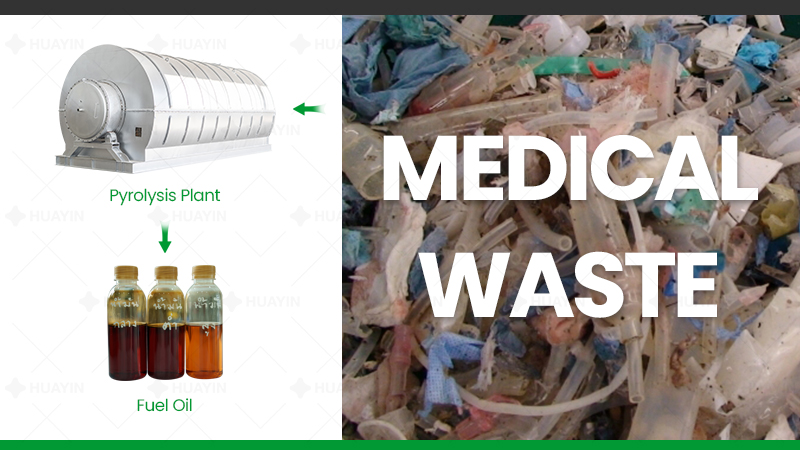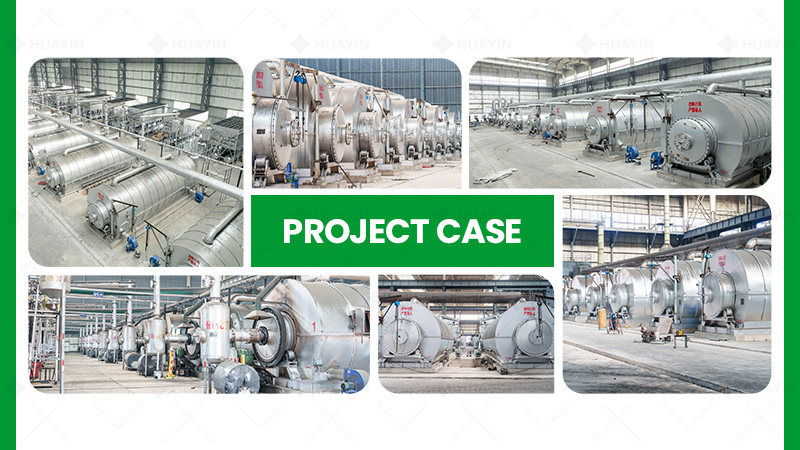
Tires can be decomposed into three forms of products through high-temperature pyrolysis: liquid, gas, and solid. The gas composition mainly includes hydrocarbon compounds such as methane, ethane, propane, etc., with combustion performance and calorific value comparable to natural gas, which can replace the use of some traditional fossil fuels. Compared to fossil fuels, this type of combustible gas has certain environmental advantages because its carbon dioxide emissions are lower during combustion and it does not contain harmful substances such as sulfur.
The syngas is fully utilized during the pyrolysis process. Tire pyrolysis requires external heating. The first ignition of the furnace is usually heated with diesel, natural gas, or other fuels. After heating to a certain temperature, the tires in the pyrolysis furnace begin to produce stable combustible gas, which can be switched to combustible gas for heating. Moreover, the combustible gas produced by tire pyrolysis is sufficient for the energy required for the tire pyrolysis process, and there is even some remaining gas. There are two ways to treat the excess gas: one is to burn it directly in the exhaust combustion chamber, and the other is to store it in an air balloon for the next batch.



